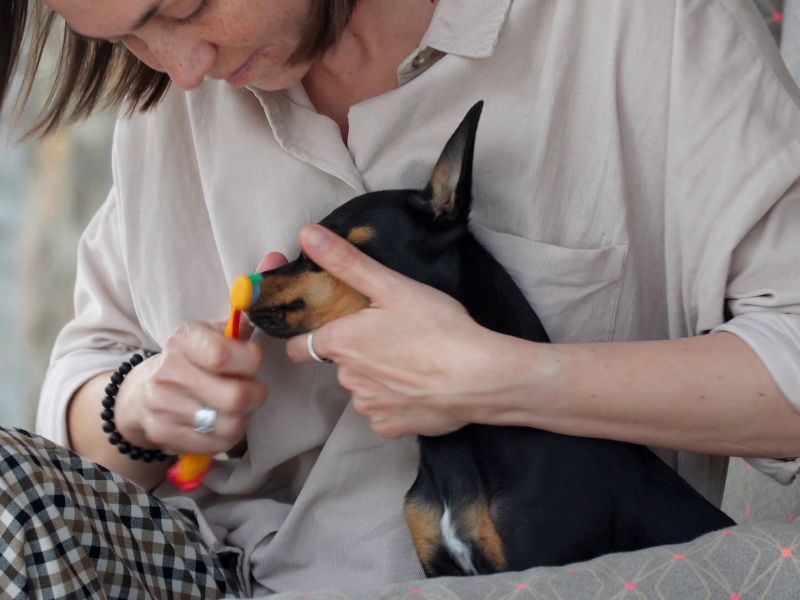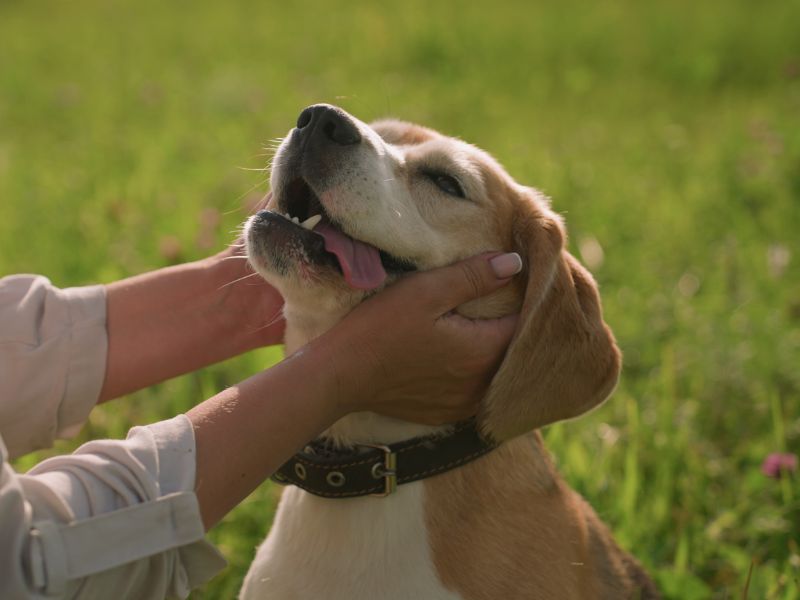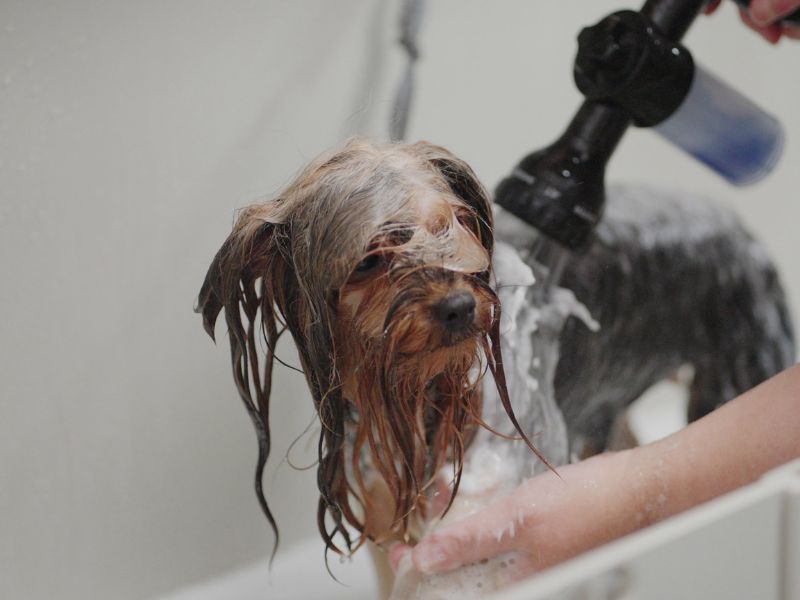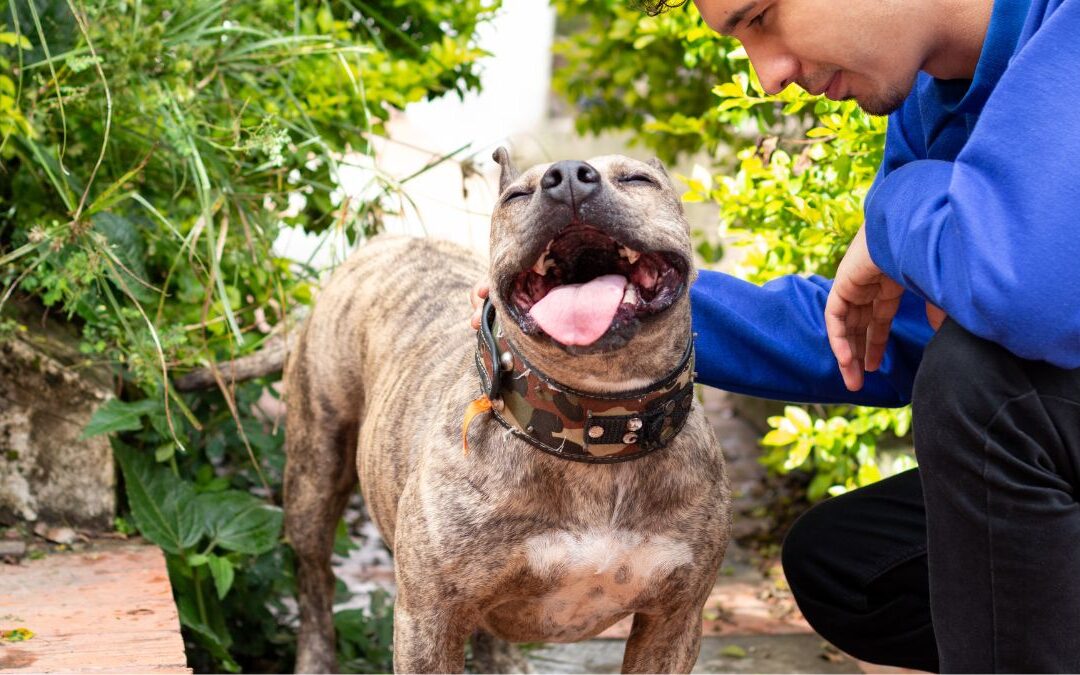Introduction
Bringing a dog into your life is a rewarding experience filled with joy, companionship, and love. However, caring for your furry friend requires commitment and knowledge. Understanding how to take care of a dog goes beyond just feeding and walking; it encompasses their health, happiness, and well-being. Whether you’re a first-time dog owner or looking to refine your skills, this guide will walk you through essential tips to ensure your pup thrives in every aspect of their life. Let’s dive into the world of canine care!
How to Take Care of a Dog
Taking care of a dog involves providing proper nutrition, regular exercise, and mental stimulation. Ensure your pet has a safe and comfortable living space. Regular vet visits for check-ups and vaccinations are crucial to maintaining their health and preventing common diseases.
Feeding
Feeding your dog a balanced diet is essential for its health. Therefore, choose high-quality dog food suited to its age, size, and activity level. Additionally, monitor portion sizes to prevent obesity, and make sure your dog always has access to fresh water for proper hydration. Moreover, maintaining a regular feeding schedule helps establish a healthy routine.
Exercise
Regular exercise is essential for your dog’s health. Daily walks, playtime in the yard, or interactive games like fetch help maintain a healthy weight and stimulate the dog’s mind. Aim for at least 30 minutes of physical activity each day to keep the dog happy and fit.
Grooming
Regular grooming is essential for your dog’s health. Brush their coat to prevent mats and reduce shedding. Bathe them as needed using dog-specific shampoo. Don’t forget nail trimming and ear cleaning to keep paws and ears healthy, ensuring a happy and comfortable pet.
Handling
Handling your dog involves gentle and confident methods. Always approach them calmly, using positive reinforcement. When lifting or restraining, support their body properly to ensure comfort. Teach them to enjoy handling through regular touch and grooming, making vet visits less stressful for both of you.
Housing
A safe and comfortable housing environment is crucial for your dog. Ensure they have a designated space that offers warmth, protection from the elements, and enough room to move around. Dog beds or crates should be clean and cozy, promoting relaxation and security.

Licensing and Identification: How to Take Care of a Dog
Licensing your dog is crucial for legal reasons and helps reunite lost pets with their owners. Ensure your dog wears a collar with an ID tag that includes your contact information. Microchipping adds another layer of security, providing permanent identification if the collar comes off.
Fleas and Ticks
Fleas and ticks can pose serious health risks to your dog. Check your pet regularly for these pests, especially after outdoor activities. Use veterinarian-recommended treatments and preventive measures to keep them at bay. Maintaining a clean living environment also helps reduce the likelihood of infestations.
Medicines and Poisons
Be vigilant about household items that can poison your dog, such as chocolate, grapes, and certain plants. Always store medications securely. If you suspect poisoning, contact your veterinarian immediately or call an emergency animal poison hotline for guidance on how to proceed safely.
Spaying and Neutering
Spaying and neutering are vital for controlling the pet population. These procedures can also prevent health issues like cancers and reduce behavioral problems. By spaying or neutering your dog, you contribute to a healthier life for them and help reduce shelter overcrowding.
Vaccinations: How to Take Care of a Dog
Vaccinations are crucial for your dog’s health. In fact, they protect against serious diseases like rabies, parvovirus, and distemper. Additionally, regular vaccinations help build immunity and prevent outbreaks. Therefore, consult your veterinarian to establish an appropriate vaccination schedule tailored to your dog’s age, breed, and lifestyle.
Dog Supply Checklist
When bringing a dog home, a well-prepared supply checklist is essential. This includes necessities like high-quality food, water and food bowls, and a comfortable bed. Additionally, a leash and collar, stimulating toys, and grooming tools are important for their well-being. Furthermore, waste bags for cleanup and a crate can make training easier. To ensure your pet’s safety, don’t forget ID tags and microchip information.
The Scoop on Poop
Cleaning up after your dog is essential for hygiene and community health. Therefore, biodegradable bags should always be used to pick up waste and dispose of it properly. Additionally, it is important to regularly check your dog’s stool for unusual signs, as any changes could indicate health issues requiring veterinary attention.
Other Ways to Help: How to Take Care of a Dog
Consider volunteering at local shelters or rescue organizations. Your time and effort can make a significant difference in a dog’s life. Additionally, donating supplies like food, toys, or blankets helps those who are less fortunate. Every little bit counts towards improving their well-being.
Train Your Dog
Training your dog is essential for a well-behaved companion. Start with basic commands like sit, stay, and come. Use positive reinforcement techniques such as treats or praise to encourage good behavior. Regular training sessions help strengthen your bond while ensuring your dog’s safety and happiness.
Make Time For Play
Playtime is essential for your dog’s mental and physical well-being. Engage them with toys, fetch games, or interactive puzzles. Regular play fosters bonding and helps reduce behavioral issues. Aim for at least 30 minutes of active play each day to keep your furry friend happy and healthy.

Take Your Dog on Daily Walks: How to Take Care of a Dog
Daily walks are essential for your dog’s physical and mental health. They provide exercise, help reduce anxiety, and enhance socialization with other dogs and people. Aim for at least 30 minutes each day to keep your pup healthy and happy while strengthening your bond.
Clean Up After Your Pet
Cleaning up after your pet is essential for maintaining a healthy environment. Use bags to pick up waste during walks and dispose of it properly. Regularly clean your yard to prevent the spread of bacteria and parasites, ensuring a safe space for both pets and people.
Keep Up With Grooming Your Dog
Regular grooming is essential for your dog’s health and comfort. Brush your dog’s coat to remove loose fur and prevent matting. Bathe your dog as needed, trim its nails, and clean its ears. This not only keeps your dog looking good but also helps you spot any skin issues early on.
Microchip Your Dog
Microchipping your dog is a simple procedure that involves implanting a small chip under their skin. This chip contains unique identification information, helping reunite lost pets with their owners quickly. It’s a safe and effective way to enhance your dog’s chances of coming home.
Visit the Vet Routinely: How to Take Care of a Dog
Routine vet visits are essential for your dog’s health. Regular check-ups help detect issues early, ensure vaccinations are up to date, and monitor weight and dental health. Establishing a good relationship with your veterinarian can lead to better care for your furry friend over time.
Keep Up With Your Dog’s Dental Care
Regular dental care is essential for your dog’s health. Therefore, brush their teeth several times a week using dog-specific toothpaste. Additionally, dental chews and toys should be considered to help reduce plaque buildup. Moreover, schedule professional cleanings with your vet annually to prevent serious dental issues and maintain fresh breath.
Protect Your Dog From Fleas, Ticks, and Heartworms
Regularly check your dog for fleas and ticks, especially after outdoor activities. Use veterinarian-recommended preventive treatments year-round to safeguard against these pests. Heartworm prevention is crucial, too; administer monthly medications as prescribed. Keeping your dog safe from these parasites ensures their overall health and well-being.
Pet Care & Safety Tips for Kids
Teach kids to approach pets gently and calmly. Always supervise interactions, encouraging them to respect the dog’s space. Show them how to read a dog’s body language and remind them that rough play can be dangerous for both the child and the pet.
How to Take Care of Your Dogs and Cats
Taking care of both dogs and cats requires attention to their unique needs. Ensure they have a balanced diet, regular vet visits, and proper vaccinations. Provide mental stimulation through play and toys while also creating a safe environment for them to thrive together.
How to Behave Around Your Pets
Be calm and gentle around your pets. Avoid sudden movements or loud noises that may startle them. Respect their space, especially when they’re eating or sleeping. Always supervise interactions between children and pets to ensure safety for both parties and foster a trusting relationship.

How to Behave Around a Dog on a Leash
When approaching a dog on a leash, always ask the owner’s permission first. Avoid sudden movements or loud noises that could startle the dog. Stand still and allow the dog to come to you if they wish, respecting their personal space for comfort.
Be Like a Tree: How to Take Care of a Dog
When encountering a dog on a leash, remain still and calm. This stance is known as “Be Like a Tree.” It signals to the dog that you are not a threat. Often, this helps reduce their excitement or anxiety while promoting a peaceful interaction.
Be a Rock: How to Take Care of a Dog
When encountering a dog on a leash, remain still and calm. This behavior reassures the dog that you are not a threat. Dogs may approach with curiosity or hesitation; staying like a rock helps prevent any sudden movements that could excite or scare them.
8 Vet-Recommended Tips
Maintain a balanced diet tailored to your dog’s needs. Schedule regular vet visits for check-ups. Keep vaccinations up-to-date and consider spaying or neutering. Provide daily exercise, mental stimulation, and socialization opportunities. Establish consistent training routines and ensure proper dental care for overall health.
Providing a Safe Environment
Creating a safe environment for your dog is essential. Remove hazards like toxic plants, chemicals, and small objects they might swallow. Secure trash cans and keep harmful substances out of reach. A fenced yard or leash during walks can prevent escape and protect from dangers outside.
Training and Socialization: How to Take Care of a Dog
Training and socialization are crucial for a well-adjusted dog. Start with basic commands like sit, stay, and come. Introduce your dog to various people, pets, and environments to build confidence. Positive reinforcement methods promote good behavior while strengthening the bond between you and your furry friend.
Conclusion
Taking care of a dog is an enriching experience that requires commitment and love. Therefore, by focusing on their physical, mental, and emotional needs, you create a healthy environment for your furry friend. Additionally, regular vet visits, proper nutrition, exercise routines, and grooming all play essential roles in maintaining your dog’s well-being.
Always make time for training and socialization; these are key to having a well-adjusted pet. Remember that each dog is unique, so tailor your approach based on its breed and personality traits.
By following the guidelines outlined here, you’ll ensure that your canine companion thrives in all aspects of life. Embrace the journey with patience and joy!

